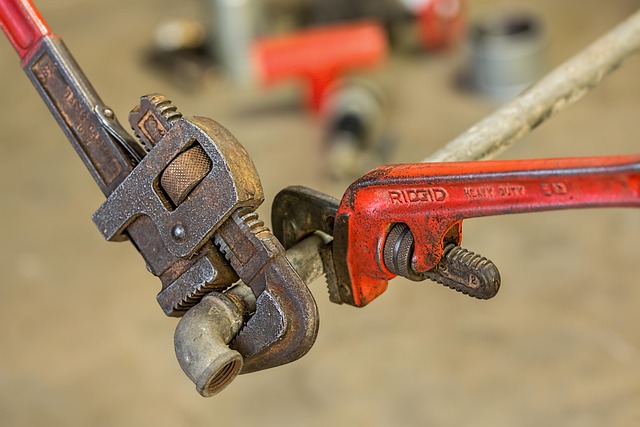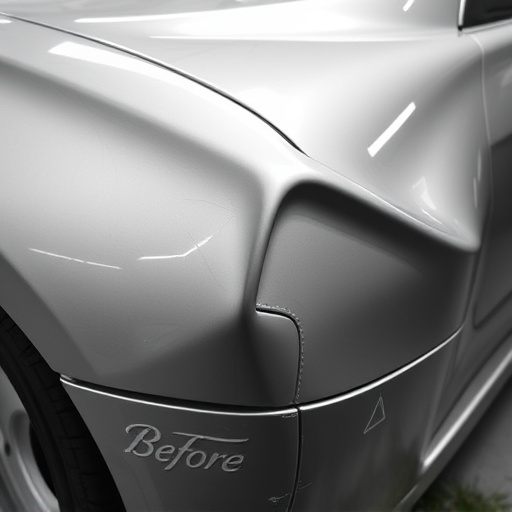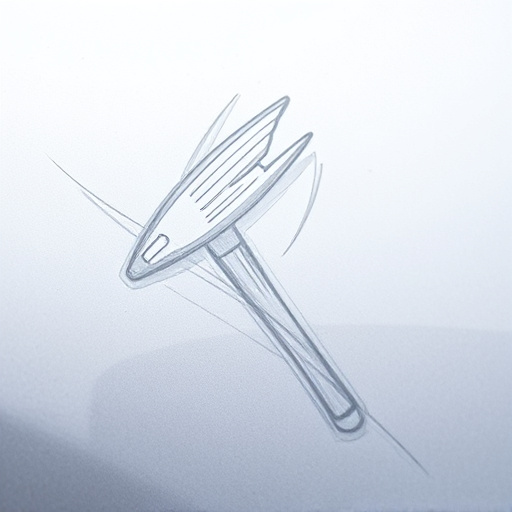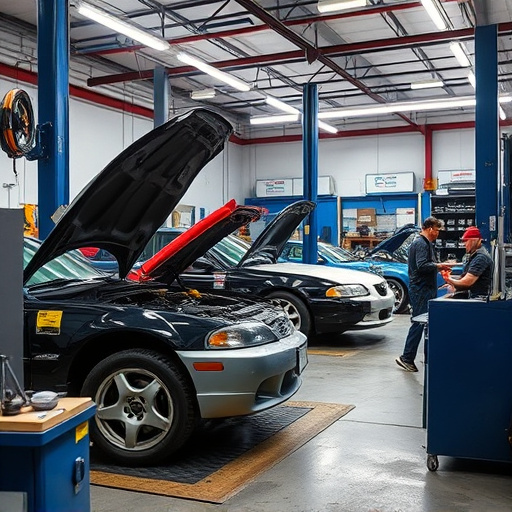Car frame damage repair, especially from minor collisions, can compromise airbag deployment and vehicle safety. Skilled mechanics inspect and test airbag systems post-repair, ensuring sensor integrity, electrical connections, and proper coordination with seatbelts. Thorough testing, regular maintenance, and meticulous attention to detail during repairs are crucial for maintaining the integrity of the airbag system.
Car accidents can cause significant damage, not just to the exterior but also to the intricate systems within a vehicle. One such critical component is the car frame, which, when compromised, can impact the performance of safety features like airbags. This article delves into the intricate relationship between car frame damage repair and its effects on airbag system functionality. We explore assessment methods, testing procedures, and maintenance tips to ensure these life-saving devices remain reliable after any structural repairs.
- Understanding Car Frame Damage and Its Impact
- Assessing Airbag System Functionality After Repair
- Ensuring Safe Operation: Testing and Maintenance Procedures
Understanding Car Frame Damage and Its Impact
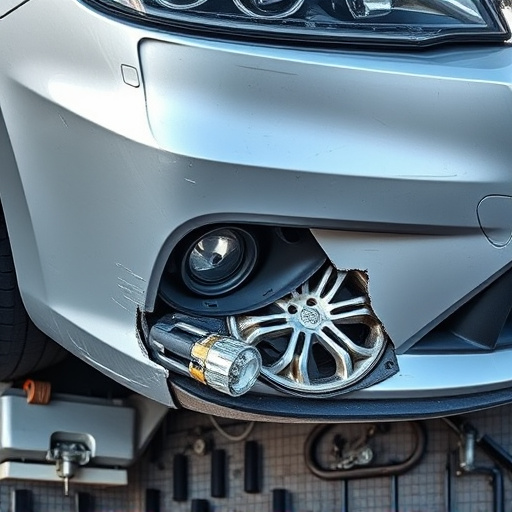
Car frame damage, often resulting from minor collisions like a fender bender, can have significant implications for a vehicle’s overall safety systems, particularly the airbag mechanism. During a crash, the car’s structure is subjected to intense forces, and any pre-existing damage or misalignment can alter these forces’ distribution. This disruption can lead to ineffective deployment of airbags, which are designed to protect occupants during a collision.
In fleet repair services, where efficiency is key, technicians must be adept at identifying and addressing car frame damage to ensure the safety systems function optimally. Classic car restoration projects also demand careful consideration of frame integrity, as even minor repairs can affect the vehicle’s ability to deploy airbags correctly. Proper car frame damage repair is crucial for maintaining not just structural integrity but also the reliability of life-saving equipment like airbags.
Assessing Airbag System Functionality After Repair
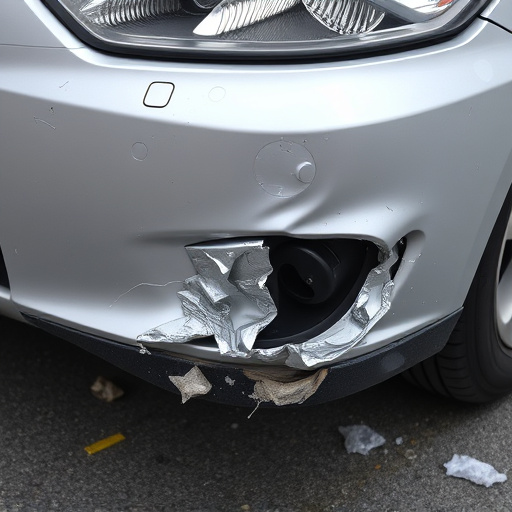
After undergoing a car frame damage repair, assessing the functionality of the vehicle’s airbag system is an indispensable step in ensuring safety. While structural integrity is restored through meticulous auto body repair, it’s crucial to verify that all components, including sensors and inflators, remain operational. Collision repair services often involve complex adjustments to ensure proper deployment coordination between airbags, seatbelts, and other safety features.
A thorough inspection should consider both visual checks and diagnostic testing. Mechanics skilled in car bodywork will examine each airbag module for any signs of damage or misalignment, ensuring they’re ready to deploy effectively in a future collision. Advanced diagnostic tools can then verify the integrity of electrical connections and sensor readings, confirming that the system is prepared to function as intended when needed most.
Ensuring Safe Operation: Testing and Maintenance Procedures
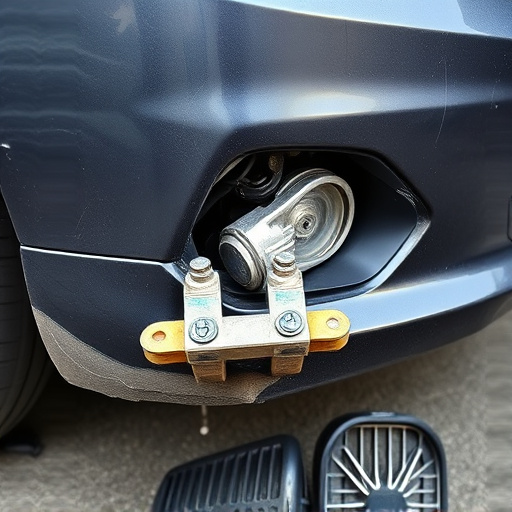
When addressing car frame damage repair, it’s paramount to understand that the impact goes beyond cosmetic changes—it directly influences critical safety systems like airbags. Proper restoration techniques are essential to ensure the safe operation of these life-saving mechanisms. After repairing structural damage, thorough testing and maintenance procedures must be carried out. This involves checking for any sensor malfunctions or communication issues between the airbag control unit and steering wheel sensors, ensuring they deploy accurately in a collision.
Regular maintenance includes inspecting and replacing any compromised components within the airbag system. Automotive body work specialists should also consider car paint repair techniques to prevent aesthetic discrepancies that could affect the overall functionality of the airbags. Vehicle dent repair, if done incorrectly, might introduce weaknesses into the frame, compounding potential safety risks. Therefore, meticulous attention to detail during both structural repairs and cosmetic enhancements is paramount for maintaining the integrity of an vehicle’s airbag system.
Car frame damage repair is a delicate process that directly influences the safety-critical airbag system. Understanding the impact of frame damage, assessing its resolution, and adhering to rigorous testing procedures are paramount to ensure airbags function correctly during collisions. By carefully navigating these steps, automotive professionals can help prevent potential risks and maintain the integral role of airbags in modern vehicles’ safety systems.
